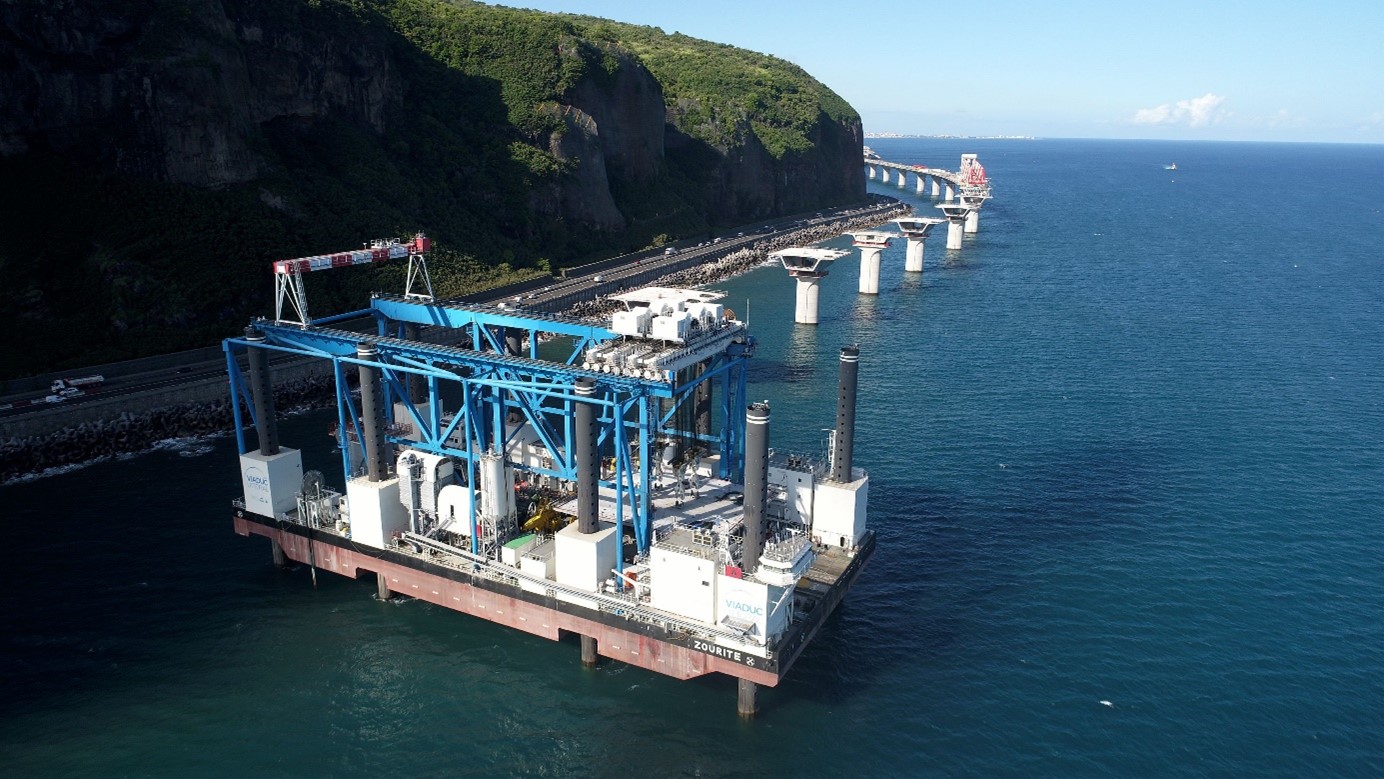Optimal worksite sequencing

Methods engineers’ involvement in projects begins at the very start of the design phase, since the establishment of successive construction phases has a direct bearing on structural process calculations as well as project planning and costing. Consequently, optimising construction methods is a key factor in ensuring safe, sustainable, and cost-effective projects.
Worldwide feedback and direct contact between methods engineers and current projects allow us to put forward variants and optimised solutions in our bids in response to calls for tenders.
Methods engineers also take part in the project-implementation phase, where they provide detailed applications of the ideas set out in the bid-submission process.
Our Safety in Design approach is used in the development of methods to ensure safety during the construction of structures and their safe use once they have been delivered to the client.
Focus Cairo metro
For the overhead sections of line 3 of the Cairo metro in Egypt, we were involved on several fronts: all the prefabrication methods for the viaduct segments, with the design of an 80,000 m2 segment prefabrication and storage area and the sourcing of equipment, the assembly methods for these segments using a self-supporting launching girder moving in very tight urban sites, the assembly methods and the launching of a 73-metres metal span over a crossroads, and the design of motorway crossings with a bend in areas with very limited access.
Innovative methods
The wide range of our studies and the extensive feedback from all our projects allow us to apply innovative construction methods in some countries, which have not yet been implemented locally, but which we have successfully developed on other worksites. We can therefore offer perfectly adapted variants with the utmost confidence.

Focus New Coastal Road
For the New Coastal Road project at Reunion Island, the consortium we were leading put forward an alternative construction method consisting in prefabricating more than 95% of the structural components on land, thereby reducing risks and hazards associated with marine works. This decision meant that we had to prefabricate outsized structures (4,800 tonnes for the pile bases, 2,420 tonnes for the mega-segments, and 2,300 tonnes for the pile heads). All the elements of the supporting structures were transported and installed at sea using the self-elevating megabarge Zourite, which was developed specifically for the project and proposed as a variant as early as the call for tenders.
Focus Atlantic bridge in Panama
For the Atlantic Bridge in Panama with several high bank spans, we developed high-capacity telescopic shoring jibs (2000 tonne loads at 60m height). Telescoping from the base reduces the number of assembly activities at height and allows for dismantling under the structure and removal of the bend without the use of a crane.

